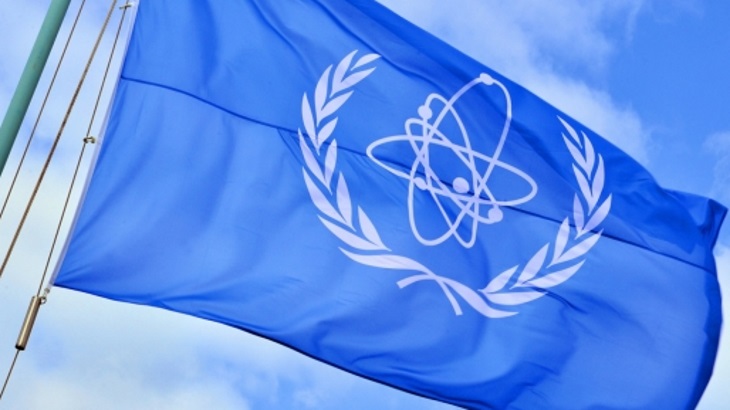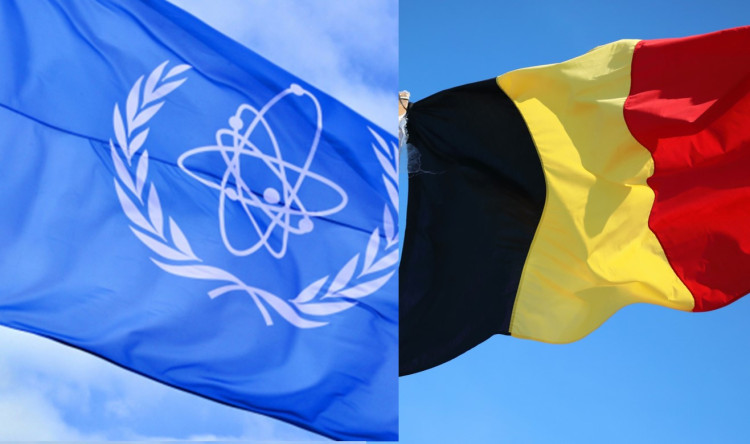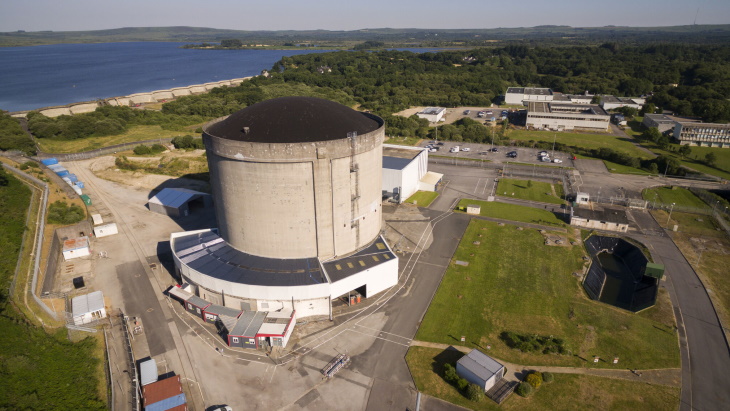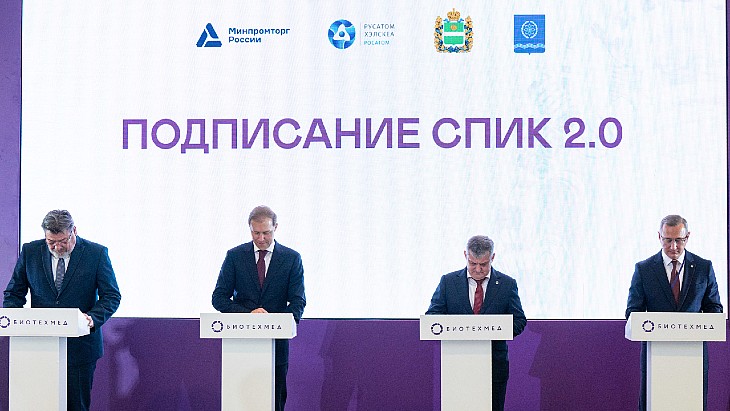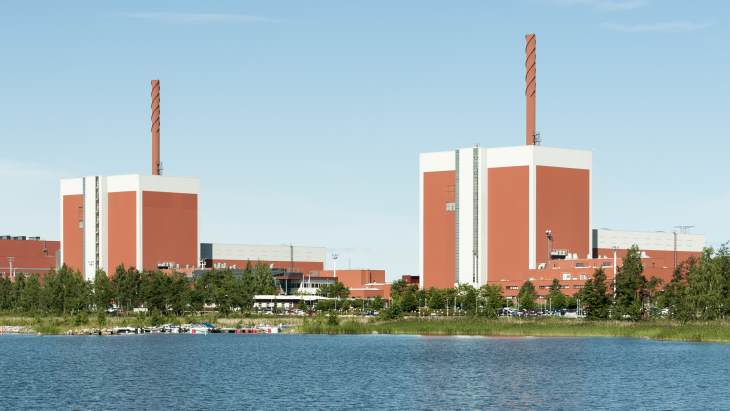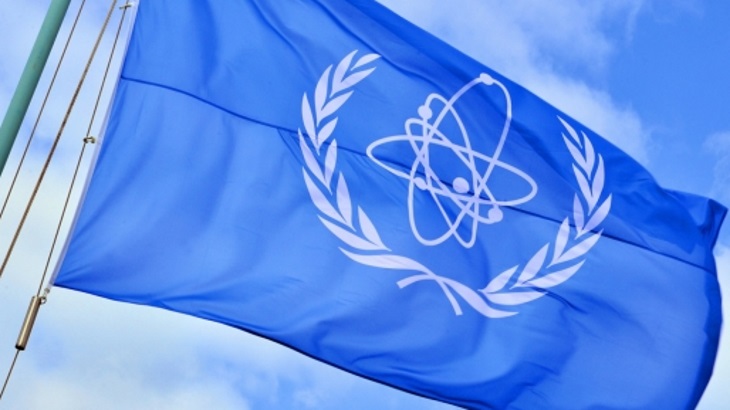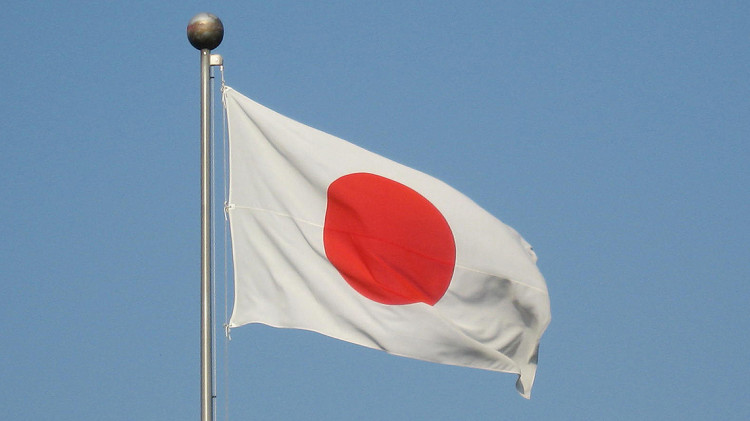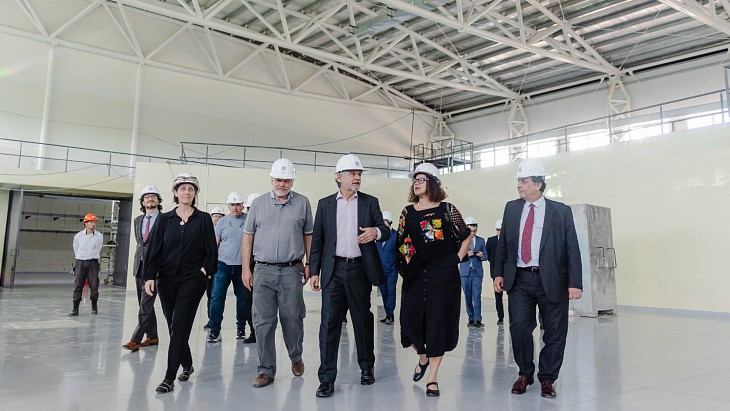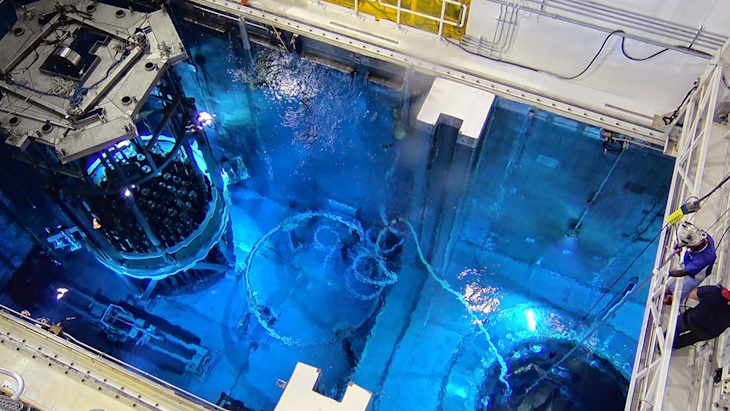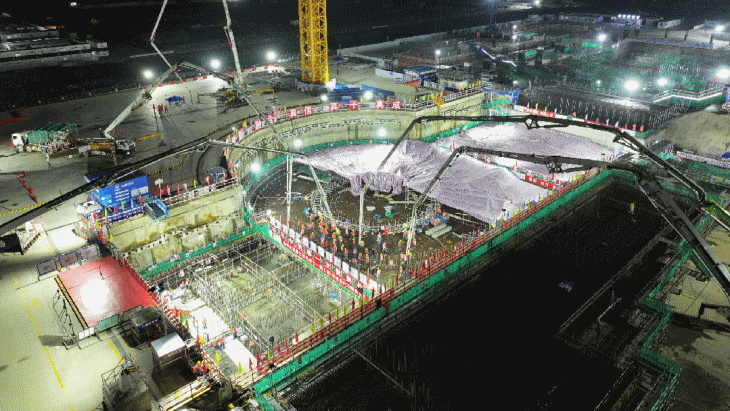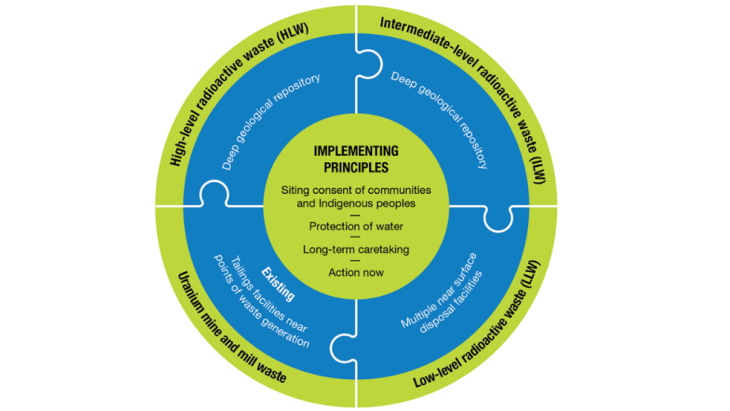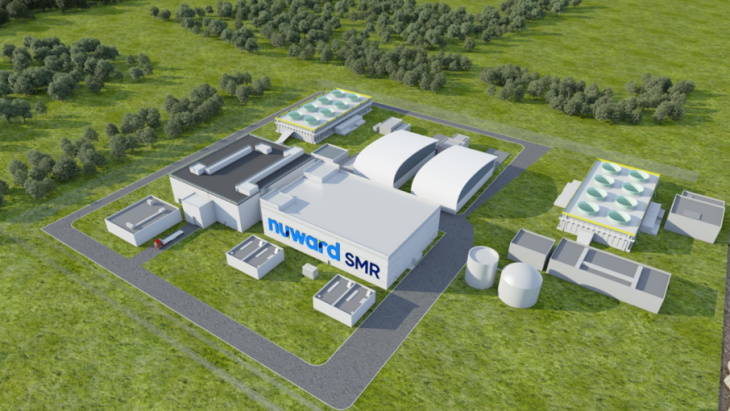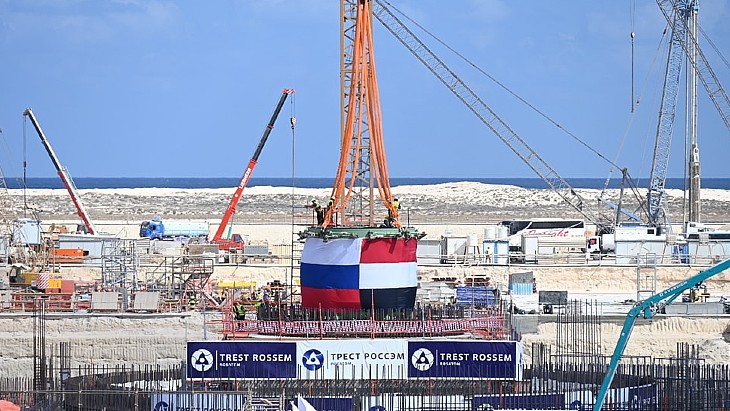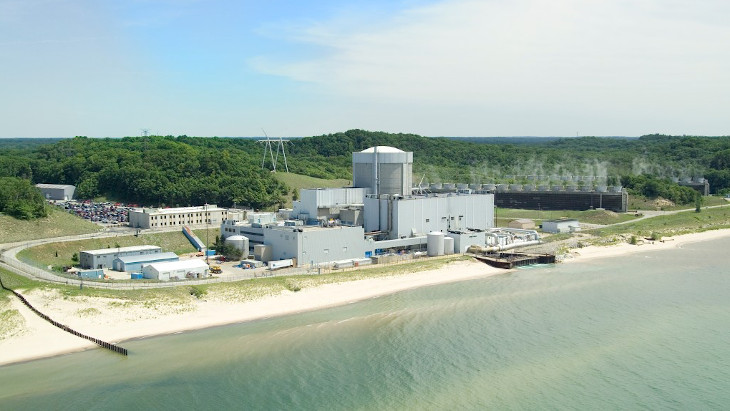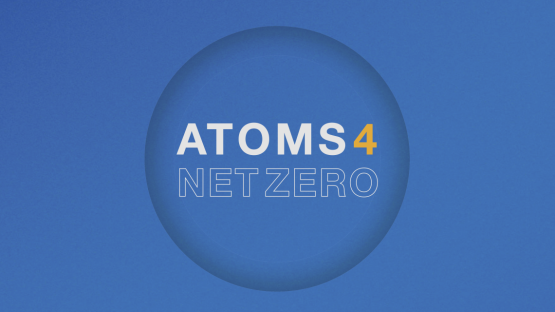Read the source link for more details like photos and graphs that I didn't copy.
Satyajit Ghose has spent nearly 30 years in the field of nuclear safety, of which the last 15 years he worked as a regulator for Bangladesh’s nuclear sector. Last year, his daily regulatory activities included preparing for and hosting a complex international peer review to assess how Bangladesh is ensuring the protection of people and the environment from the harmful effects of ionizing radiation.
The review was timely, as Bangladesh is embarking on a nuclear power programme. Its first nuclear power plant (NPP), Rooppur NPP, is under construction, and earlier this month, Bangladesh officially received its first uranium shipment to fuel the NPP. Once operational, Rooppur NPP will provide 2400 MW of clean energy, supporting the country’s efforts to decarbonise and become a developed economy by 2041. “Bangladesh stands as a success story for newcomer countries in nuclear power development, advancing its programme under the IAEA’s guidance,” said IAEA Director General Rafael Mariano Grossi. “The IAEA will continue to support their nuclear journey.”
The IAEA offers more than 30 peer review and advisory services to help countries strengthen and enhance their nuclear-related practices. Peer reviews, which are organized upon request, compare the country’s national infrastructure and practices with IAEA safety standards and other publications. These services, often referred to as ‘missions,’ focus on an array of specialties, from nuclear safety and security to safeguards and the health sector. The Integrated Regulatory Review Service (IRRS) is one such mission that reviews a country’s regulatory infrastructure against IAEA safety standards with a view to improve nuclear and radiation safety and facilitate global harmonization.
“The IRRS mission in Bangladesh was particularly important to review and strengthen regulatory infrastructure required for ensuring the safety of the country’s nuclear power programme,” said Zia Shah, Senior Nuclear Safety Officer at the IAEA. Shah was the Team Coordinator of the IAEA’s IRRS in Bangladesh, from 26 November to 8 December 2022. “This IRRS mission provides an opportunity for the country to optimize efforts and resources for effective regulatory oversight of the nuclear power plant and all other nuclear-related facilities and activities in line with the IAEA safety standards.”
The IAEA safety standards reflect an international consensus on what constitutes a high level of safety. “While the mission brings experts from many different countries, the mission is based on IAEA safety standards, not national practices, which contributes to the international harmonization of nuclear safety practices,” said Hilaire Mansoux, Head of Regulatory Infrastructure and Transport Safety at the IAEA.
Mansoux, who has personally completed more than 30 IRRS missions, was the Deputy Team Coordinator of the IAEA’s IRRS mission in Bangladesh. “Good preparation, efficacy and professionalism of all those involved are key to a successful mission,” he said.
Here is an account of what happened before, during and after the IRRS in Bangladesh.
Before the mission
The IRRS in Bangladesh – the first for the country – was years in the making. “The Government formally requested the mission in 2017 to fulfil its international obligation to peer review regulatory effectiveness,” said Ghose, Chief Scientific Officer and Project Director of the Nuclear Regulatory Infrastructure Development Project at Bangladesh Atomic Energy Regulatory Authority (BAERA). The IAEA, together with Bangladesh, followed up with preparatory work to conduct the mission initially planned in 2019, but actually implemented in 2022, due to the COVID-19 pandemic travel restrictions.
Before hosting the IRRS mission in Bangladesh, Ghose observed the IRRS in Spain in October 2018 and then participated as a team member of the IRRS in Turkey in September 2022. “The valuable experiences I gained and the lessons learned from other experts helped my team and me to organize and conduct a successful mission in Bangladesh,” he said.
The IAEA and BAERA organized the scope of the mission into ten modules: the responsibilities and functions of the government; the global nuclear safety regime; the responsibilities and functions of the regulatory body; the management system of the regulatory body; and the activities of the regulatory body, which includes: authorization; review and assessment; inspection and enforcement; development of regulations and guides; and emergency preparedness and response. The scope of an IRRS may vary from country to country, depending on the country’s nuclear-related facilities and activities.
“Within BAERA, active preparation for the IRRS began in July 2021, as we designated groups and set responsibilities to complete the self-assessment response and analysis activities,” said Ghose, who served as the liaison officer for the mission. In line with IRRS guidelines, BAERA conducted a thorough self-assessment, prepared a preliminary action plan for improvement and submitted advance reference materials in September 2022.
Meanwhile, the IAEA recruited a team of 15 regulatory and safety experts from ten different countries. For some, this was the first time they had participated in an IRRS, while others had been part of previous missions or had hosted an IRRS in their own country. It was the fourth mission for Mahalakshmi Sivaramakrishnan of India’s Atomic Energy Regulatory Board. She completed the IAEA training course for potential reviewers in 2015 and was then invited to participate in missions, given her expertise in the protection of patients in medical uses or ionizing radiation. “The result of the IRRS mission is impactful for both the host country and the team,” she said. “It is an opportunity to learn from each other, from our teammates and host country, and to take these lessons learned back to our home countries.”
Each member of the team, based on their expertise, was assigned a type of facility or activity to review, such as nuclear power plants, research reactors, decommissioning, waste management or medical exposure. The work of the IRRS team, supported by five IAEA staff, began two months before they convened on-site in Bangladesh’s capital, Dhaka. Prior to the mission, each team member spent time reviewing BAERA’s advance reference materials to understand the regulatory infrastructure in place in Bangladesh and within BAERA.
“The team’s pre-work and their first impressions of the legal and regulatory framework in Bangladesh have set us up well for the two weeks of the mission,” said Mark Foy, Team Leader of the IRRS in Bangladesh, on the first day of the mission. Foy is the Chief Executive and Chief Nuclear Inspector at the United Kingdom's Office for Nuclear Regulation. “The preparation provided the team members with a basic understanding of the arrangements in Bangladesh. They have identified areas where they need additional information and clarity of the framework, its implementation and compliance with international safety standards, which is why we are here in Dhaka.”
After the mission
In July 2023, the IAEA sent the final IRRS mission report to Bangladesh.
The value of the IRRS mission is widespread. “One important IRRS attribute is its contribution to strengthening and harmonizing the global nuclear and radiation safety regime. I trust each of us will take some useful information and practices that was shared by our BAERA colleagues,” said Anna Bradford, Director of Nuclear Installation Safety at the IAEA. “Similarly, I am sure that Bangladesh will continue sharing the valuable insights and experience it has gathered during this mission with the international community.”
Based on the mission’s findings and report, BAERA has updated its action plan for improvement of its regulatory system. “We are working to enhance BAERA’s regulatory effectiveness based on the IRRS findings to strengthen our regulatory infrastructure in line with international standards,” Ghose said. “Per the action plan, BAERA is working on finalizing the draft regulatory documents and developing policy documents, in addition to developing training programmes for newly recruited regulatory inspectors.”
In due course, a follow-up mission will assess Bangladesh’s progress in implementing the mission’s recommendations and suggestions.

